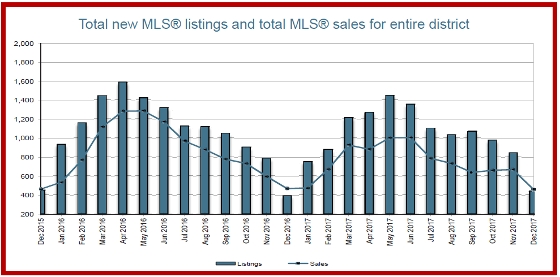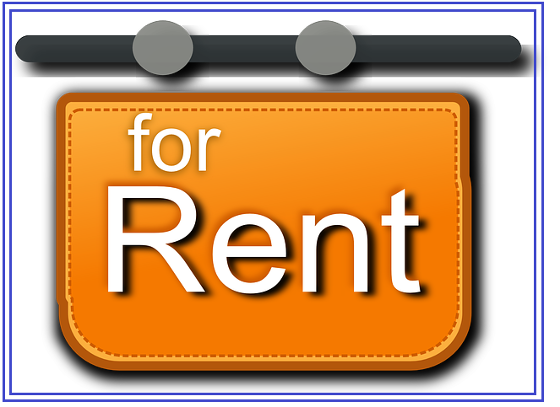
Your neighbourhood has a lot of features that can help sell your home faster. Unfortunately, buyers don’t usually notice those features just by driving around. So, you need to make sure they get all the information they need about your neighbourhood.
For example, say homes don’t go on the market often in your area. That’s an indication that the quality of life in the neighbourhood is so good that no one wants to leave! In real estate we measure the area’s “turnover rate”, and it’s handy data to have when listing your home.
Another bit of data that buyers can’t simply see is the local crime rate. But, most police departments keep those statistics. If your neighbourhood has a low crime rate, that’s an obvious plus to sellers.
Demographic data can also be helpful when selling your property. If your neighbourhood has a lot of families, for example, that’s going to be appealing to buyers with kids.
Even local development plans can play a role in making your home more attractive to buyers. If a new ramp to a major highway is in the works nearby, getting to work is going to be easier. That’s a big benefit to commuters.
Other types of data that can help sell your home include:
• Planned local construction.
• Proposals for neighbourhood improvements. (For example, a new playground.)
• Rates at which local property values are increasing.
Any information that shows the advantages of living in your area is going to be useful when selling. By the way, this is the kind of information I put together to provide to prospective buyers when selling your home. Contact me today.




 ve you ever considered renting out a room to a student or renovating your basement into a self-contained rental apartment?
ve you ever considered renting out a room to a student or renovating your basement into a self-contained rental apartment?
